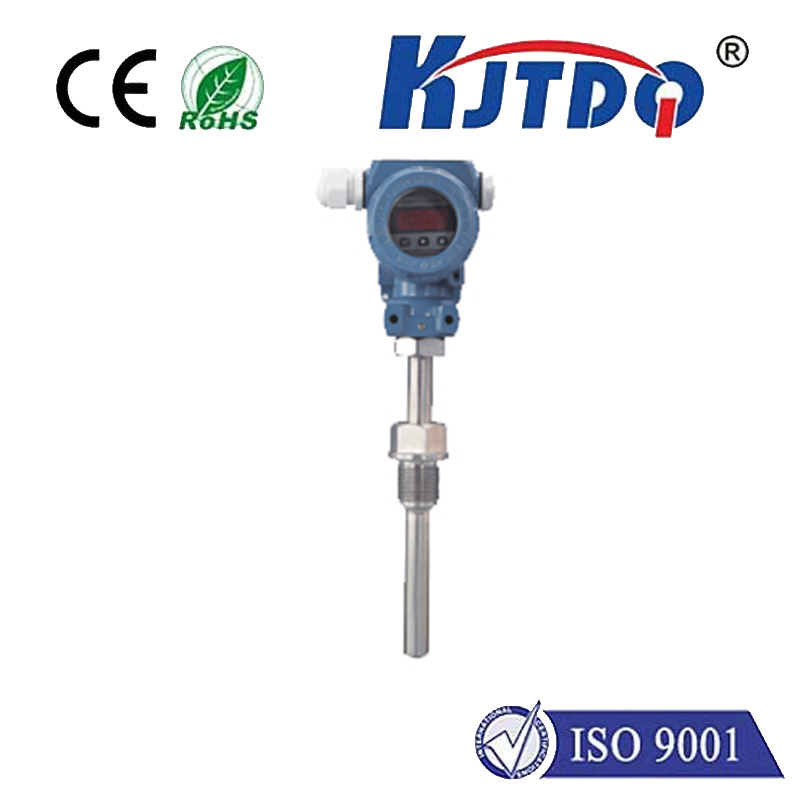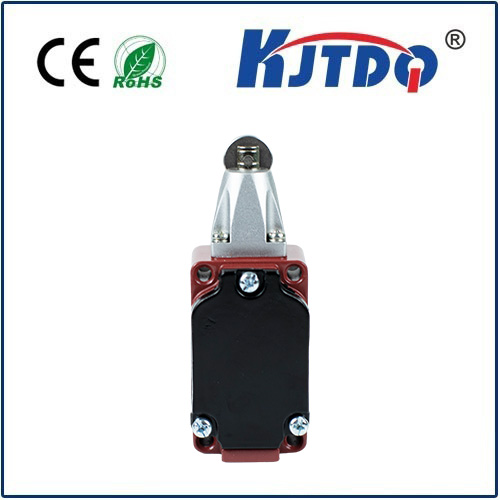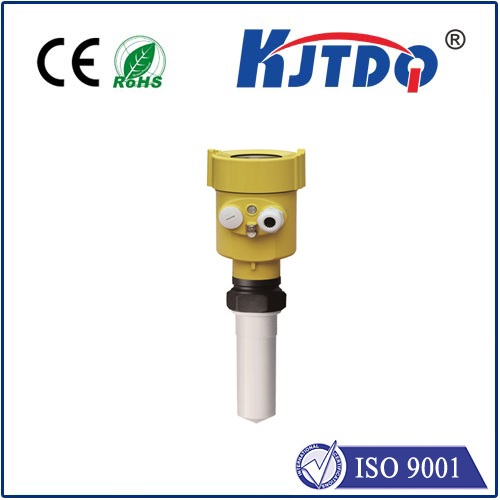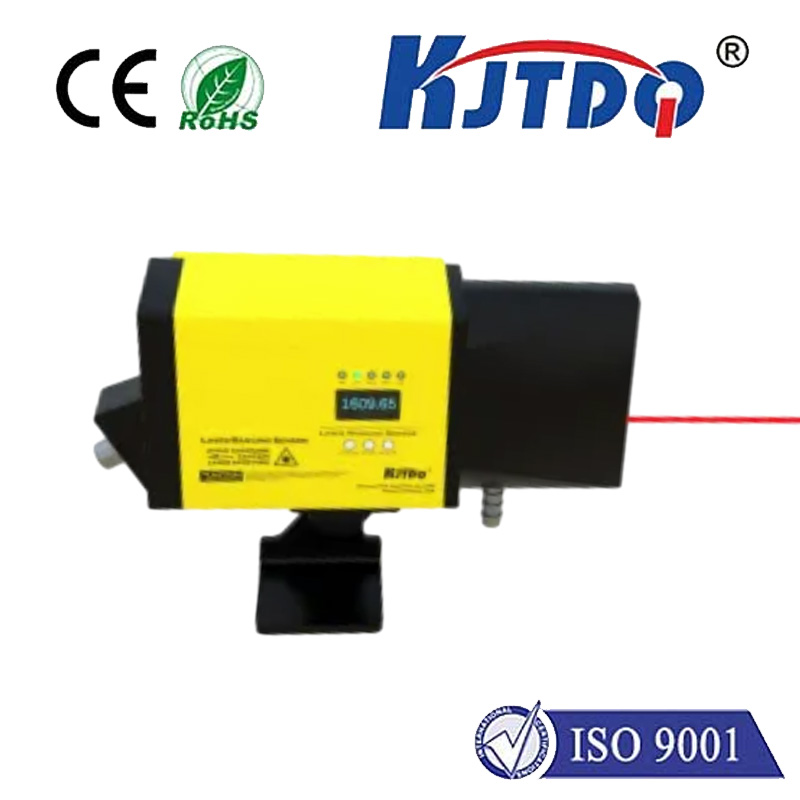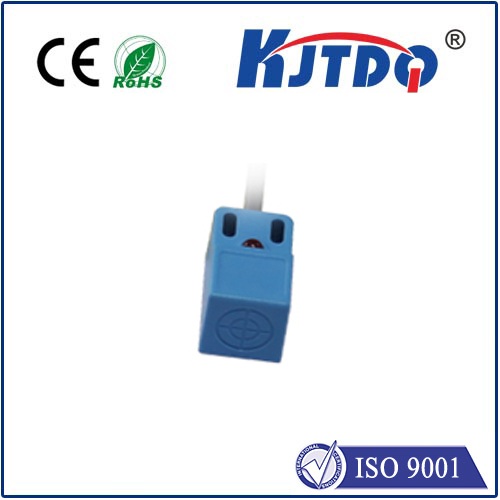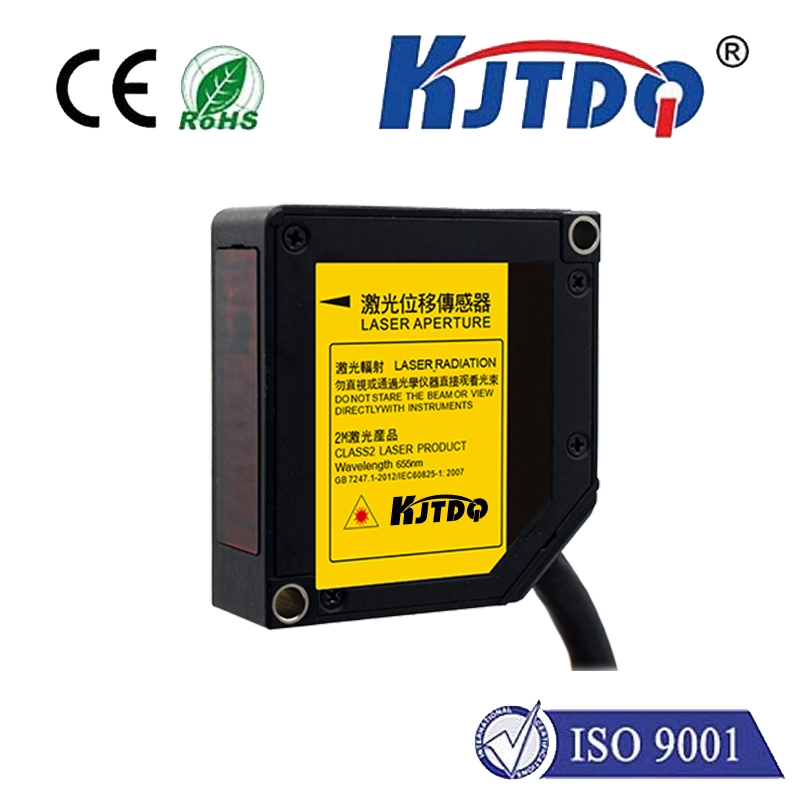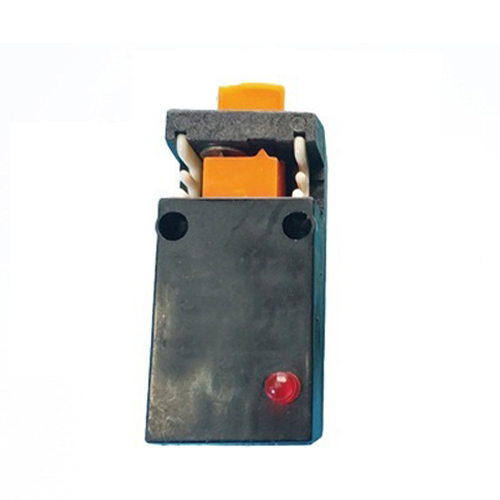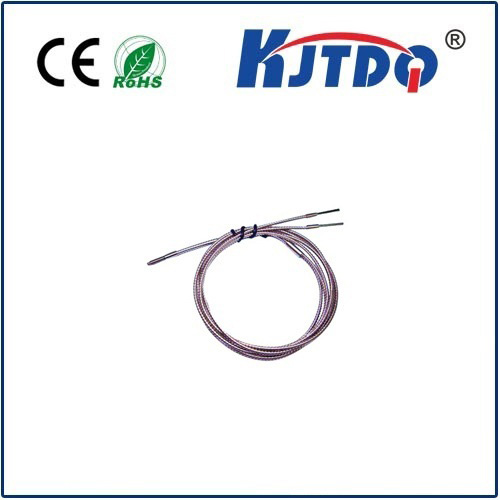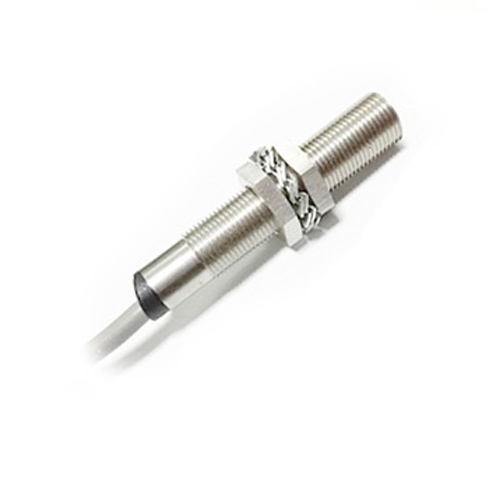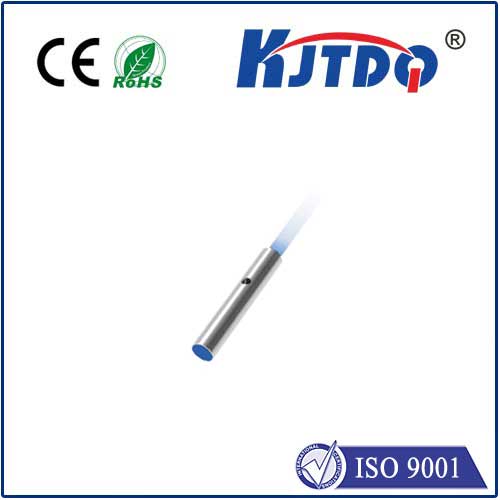Monostatic Lidar: Revolutionizing Precision in Remote Sensing and Autonomous Systems In an era where autonomous vehicles navigate bustling streets and environmental monitoring demands millimeter-level accuracy, a groundbreaking technology is quietly powering these advancements: monostatic lidar. Unlike traditional radar or multisensor systems, monostatic lidar combines unparalleled precision with a streamlined design, making it indispensable for applications ranging from urban planning to space exploration. But what exactly sets this technology apart—and why is it becoming the gold standard for high-stakes industries?
Lidar (Light Detection and Ranging) uses pulsed laser light to measure distances and create 3D maps of environments. In a monostatic lidar system, the laser transmitter and receiver share the same optical path, operating from a single location. This coaxial design eliminates parallax errors common in bistatic systems (where transmitter and receiver are separated), ensuring higher accuracy in dynamic or complex terrains. For example, when mapping a forest canopy, a monostatic system’s synchronized emission and detection reduce discrepancies caused by wind-induced movement. This precision is critical for applications like carbon stock estimation or disaster response planning.

1. Autonomous Vehicles Tesla and Waymo rely on lidar for obstacle detection, but monostatic systems offer a unique edge. Their compactness allows seamless integration into vehicle roofs, while high-resolution data improves object recognition—even in rain or fog. 2. Environmental Monitoring From tracking glacier melt to assessing wildfire damage, researchers use monostatic lidar to capture sub-centimeter details. A 2023 study in Nature Geoscience highlighted its role in measuring permafrost thaw rates, crucial for climate modeling. 3. Defense and Security Military applications include border surveillance and missile guidance. The system’s ability to distinguish between natural foliage and camouflaged targets makes it a strategic asset. 4. Urban Planning Cities like Singapore deploy monostatic lidar to create digital twins—virtual replicas used for infrastructure optimization and flood risk assessment.
While bistatic lidar (with separate transmitter/receiver units) excels in long-range surveillance, monostatic systems dominate scenarios requiring precision over distance. For instance, bistatic setups might monitor atmospheric particles across kilometers, but monostatic lidar’s accuracy is unmatched for tasks like bridge inspection or archaeological site mapping. Industry experts note that the choice hinges on use-case priorities: “If you need to detect a crack in a wind turbine blade from 200 meters, go monostatic. If you’re scanning a mountain range for geological shifts, bistatic might suffice,” explains Dr. Elena Torres, a remote sensing specialist at MIT.
Emerging trends are pushing monostatic lidar into new frontiers. Machine learning algorithms now process lidar data in real time, enabling faster decision-making for self-driving cars. Meanwhile, quantum lidar—a nascent technology—promises to amplify range and resolution by leveraging photon entanglement. Companies like Luminar and Hesai are already commercializing solid-state monostatic lidar, which replaces moving parts with semiconductor components. This innovation slashes costs and boosts durability, paving the way for mass adoption in consumer electronics and smart agriculture.
Despite its strengths, monostatic lidar faces hurdles. High-energy lasers raise safety concerns, necessitating strict regulatory compliance. Additionally, dense fog or dust can scatter light waves, though advancements in multi-wavelength systems are mitigating this issue. For industries eyeing adoption, the key is to partner with vendors who prioritize customizability. As forestry agencies might need different specifications than robotics companies, scalable solutions are essential.
From unlocking the secrets of ancient landscapes to guiding robots in Amazon warehouses, monostatic lidar is reshaping how we interact with the physical world. Its blend of precision, adaptability, and innovation ensures it will remain at the forefront of the remote sensing revolution—no end in sight.
